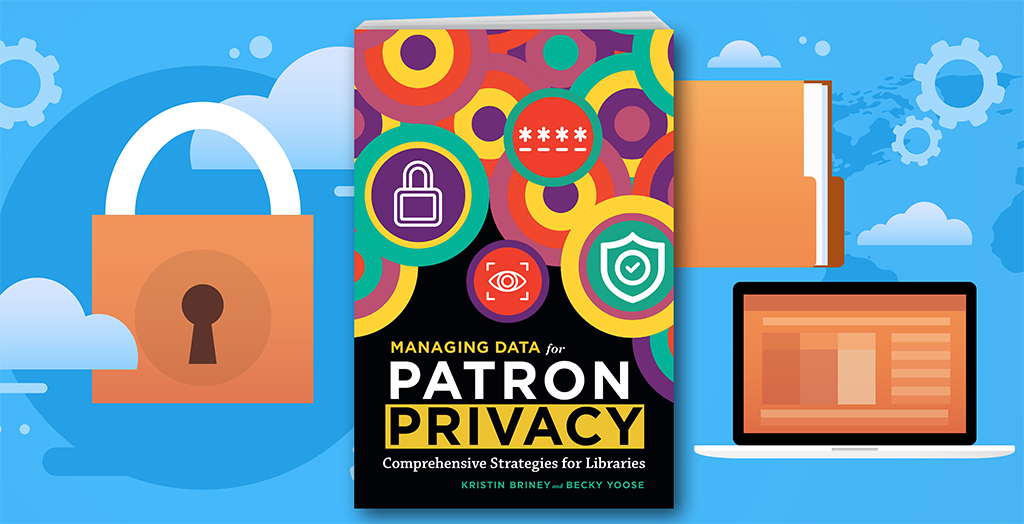
Hello everyone! It’s been a while since our last post in April, and a lot has happened. A Supreme Court ruling that will change how courts interpret an individual’s right to privacy, a bipartisan federal data privacy bill gaining momentum, ICE dipping into LexisNexis data much more than initially thought – and all of that is just within the past month. A lot is going on in the privacy world right now! While we won’t be back on our regular post schedule for a little longer, we will have time to bring you analysis and updates as they come along.
Speaking of updates, we have a big one to announce – the publication of our first book! Managing Data for Patron Privacy: Comprehensive Strategies for Libraries breaks down what library workers need to do to protect the privacy of their patron’s data. In this book, Kristin Briney, Biology & Biological Engineering Librarian at the California Institute of Technology, and LDH founder Becky Yoose cover key topics as:
- succinct summaries of major U.S. laws and other regulations and standards governing patron data management;
- information security practices to protect patrons and libraries from common threats;
- how to navigate barriers in organizational culture when implementing data privacy measures;
- sources for publicly available, customizable privacy training material for library workers;
- the data life cycle from planning and collecting to disposal;
- how to conduct a data inventory;
- understanding the associated privacy risks of different types of library data;
- why the current popular model of library assessment can become a huge privacy invasion;
- addressing key topics while keeping your privacy policy clear and understandable to patrons; and
- data privacy and security provisions to look for in vendor contracts.
Managing Data for Patron Privacy is a great place to start for library workers and libraries looking to cultivate a sustainable, holistic approach to their data privacy practices. Come for the case studies and practical advice; stay for the cats, glitter, and pasty recipe. 😉 We hope you enjoy the book, and please let us know if you have any questions or comments as you dive into our new book!

